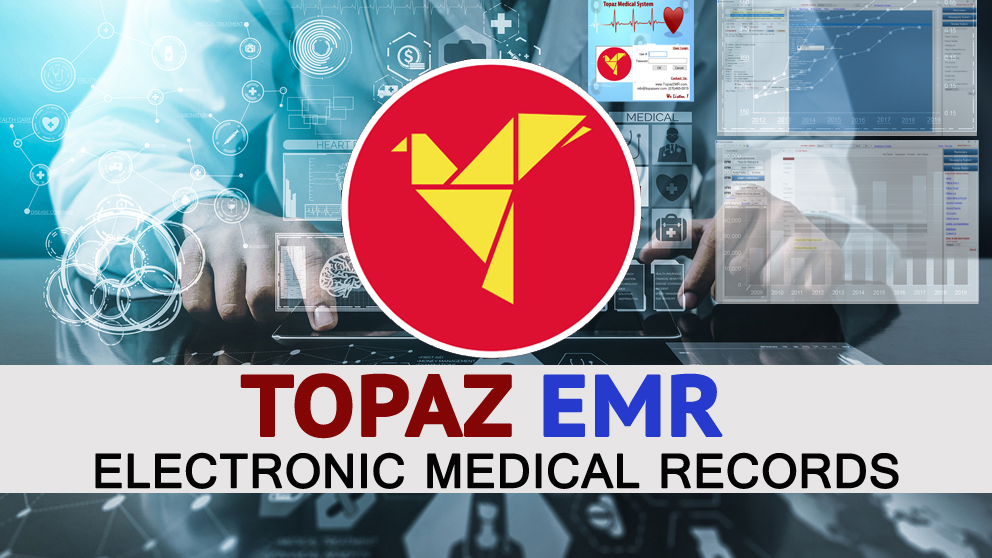- With major events like a global soccer tournament and our nation’s semiquincentennial set to take place over the coming year, the Science and Technology Directorate’s (S&T) Chemical Security Analysis Center (CSAC)is already studying data, models, and lessons learned from previous events, as well as emerging trends, to better inform security strategies heading into 2026.

The logistics of keeping thousands of attendees and participants safe can be a mind-boggling undertaking. Preparing for a major event begins many months in advance and involves subject matter experts from various agencies, including local, state, and federal law enforcement, first responders, venue staff, and other public and private sector partners who evaluate and analyze every aspect.
In 2017, two event-related tragedies occurred in the span of five months: a mass shooting at a music festival in Las Vegas that claimed 60 lives and a bomb attack immediately after a concert ended in Manchester, UK, that resulted in the loss of 22 lives. “That’s every parent’s nightmare,” said CSAC chief scientist Rachel Gooding. “Your teenager goes to a concert, just to have a good time, and they never come home. Preventing something like that from happening is why all of this is so important.”
Established in 2006, CSAC, one of five S&T national labs, identifies and assesses chemical threats and vulnerabilities across the United States and develops effective responses and countermeasures to potential hazards. Gooding currently leads a CSAC team tasked with identifying chemical or explosives threats and the resources needed to respond for large events, like the Super Bowl, NCAA Final Four, and Men’s PGA US Open Golf Championship.
Gooding and her team get involved as early as six months prior to an event. Their analysis includes indoor and outdoor chemical release scenarios based on risk, proximity of chemical infrastructure, existence of subways, and population density, as well venue evacuation capabilities, available local resources, and response times.
CSAC uses a number of different modeling tools to assess potential injuries from these scenarios, including S&T’s Chemical Consequence Assessment Tool, which is part of the Probabilistic Analysis for National Threat Hazard and Risk Countermeasure Assessment and Planning Tool, and the Defense Threat Reduction Agency’s Hazard Prediction and Assessment Capability.
These tools provide information regarding:
- Time and resources needed for an effective response.
- High-impact release locations that may warrant additional security measures.
- Assessment of current street closures with recommendations for additional security measures if expanded street closures are not logistically feasible.
- Evaluation of entry screening protocols.
- Data to facilitate recognition of signs and symptoms for faster medical response should an event occur.
Once the CSAC team completes their analysis, they present their findings to the full event planning team. The initial briefing is cleared for all of law enforcement, with follow-up briefings available that contain a greater level of detail at a classified level.
“State and local law enforcement also have an increasing awareness of these kinds of threats beyond guns, knives, and explosives,” Gooding continued. “There’s been a lot of outreach by the Fusion Centers to provide awareness of what chemical attacks could do. The fusion centers have been, I think, very beneficial to the local first responders and planners.”
Fusion Centers are state-owned and operated facilities that serve as clearinghouses and communications hubs for threat-related information. The National Network of Fusion Centers provides much of the two-way intelligence and information flow between the federal government and state, local, tribal and territorial, and private sector partners.
“There are always new things to be worried about, but that doesn’t mean the old things go away. The threat landscape is always expanding,” Gooding said.
The Phoenix NCAA Final Four was a big challenge. “It was Phoenix, Scottsdale, and Glendale, so three communities, which was unique because each of the three municipalities brought their own resources that had to be coordinated,” Gooding explained. “There were also multiple events occurring at the same time—a music festival, a fan fest, and there were a lot of local establishments hosting smaller activities. The events surrounding the basketball tournament spanned Thursday night all the way to Monday. It sounds brief, but it’s a long time to be at that state of readiness for something that might happen.”
“I sometimes hear people say that safety and security are not cost effective, as you are deploying resources to plan for something that may not happen. However, avoiding the injuries, lost lives, and chaos from a successful attack, or minimizing the overall impact of an attack, is worth the investment.” She likens it to insurance; it may seem like a waste until you need it. “Then it’s worth every penny.”
With many large events coming up in the next twelve months, Rachel and her team will be hard at work making sure that you never have to think about what they do to keep us safe, and that our loved ones make it home.
“When there’s no news, it means all of the work to plan for the event and ensure that things go smoothly on the ground were successful,” Gooding said.
CSAC is already working on upcoming events. With hard work and planning, they are doing everything they can to make sure that no news is good news.
The post When there’s no news, that means we’ve done our job appeared first on Caribbean News Global.

